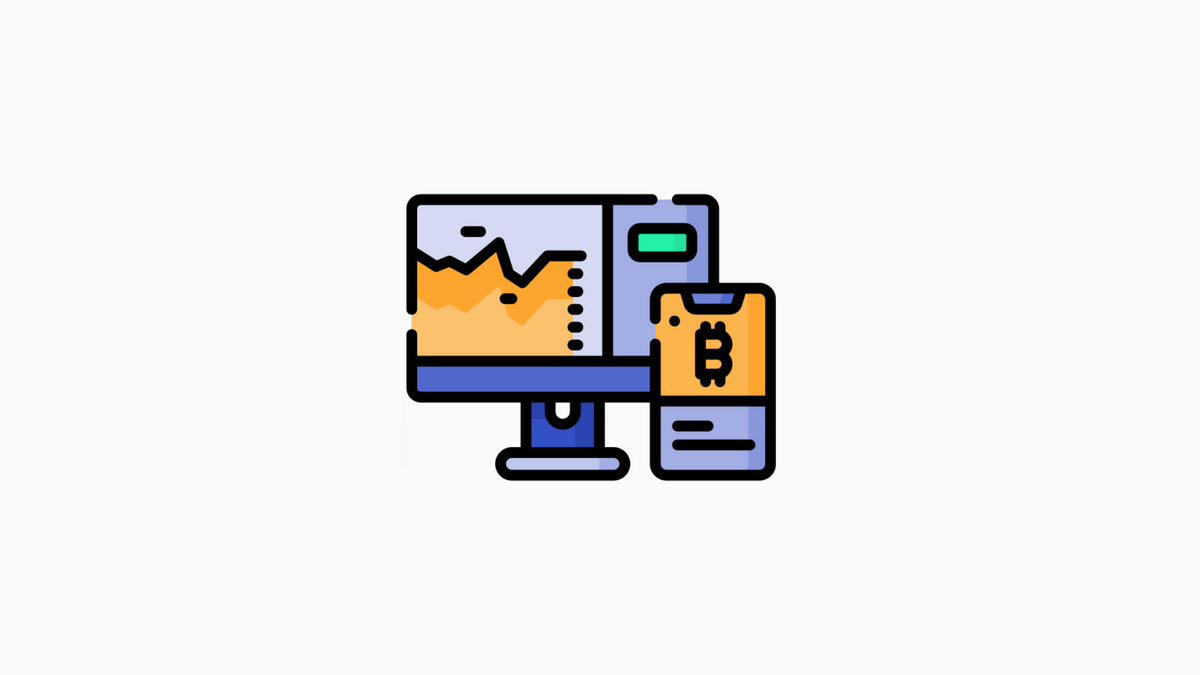Bitcoin Development Explained

Bitcoin is a digital asset and a payment system invented by Satoshi Nakamoto.
Transactions are verified by network nodes through cryptography and recorded in a dispersed public ledger called a blockchain. Bitcoin is unique because there are a finite number of them: 21 million.
Bitcoins are created as a reward for a process known as mining. They can be exchanged for other currencies, products, and services. As of February 2015, over 100,000 merchants and vendors accepted bitcoin as payment. Bitcoin can also be held as an investment.
How does Bitcoin development work?
Bitcoin is a digital asset and a payment system invented by Satoshi Nakamoto. Transactions are verified by network nodes through cryptography and recorded in a dispersed public ledger called a blockchain. Bitcoin is unique because there are a finite number of them: 21 million.
Bitcoins are created as a reward for a process known as mining. They can be exchanged for other currencies, products, and services. As of February 2015, over 100,000 merchants and vendors accepted bitcoin as payment.
Bitcoin development is a process that allows for new features and changes to be proposed and implemented into the Bitcoin protocol. This process begins with an idea, which is then discussed by the community to see if it has merit. If it does, a proposal is created and submitted to the developers who work on the Bitcoin codebase. If the proposal is accepted, it is implemented into the codebase and tested. If it passes testing, it is merged into the main codebase and becomes available to all users.
Bitcoin mining
Bitcoin mining is the process by which new Bitcoin is created. Miners are rewarded with Bitcoin for verifying and committing transactions to the blockchain. Unfortunately, mining is competitive and today can only be done profitably with expensive, specialized hardware.
Bitcoin wallets
Bitcoin wallets store the private keys that allow users to spend their bitcoins. There are different types of Bitcoin wallets, each with advantages and disadvantages.
The most common type of Bitcoin wallet is a software wallet installed on a computer or mobile device. These wallets are easy to use but are vulnerable to theft because the private keys are stored on the device.
Another type of Bitcoin wallet is a web-based wallet. These wallets are hosted by a third party and can be accessed from any computer or mobile device. However, these wallets are not as secure as software wallets because the private keys are stored on the host server.
The third type of Bitcoin wallet is a hardware wallet. These wallets are physical devices that store the private keys offline. This makes them immune to theft and hacking attacks. However, they are expensive and not as user-friendly as software wallets.
Bitcoin transactions
Bitcoin is a digital asset and a payment system invented by Satoshi Nakamoto. Transactions are verified by network nodes through cryptography and recorded in a dispersed public ledger called a blockchain. Bitcoin is unique because there are a finite number of them: 21 million.
Bitcoins are created as a reward for a process known as mining. They can be exchanged for other currencies, products, and services. As of February 2015, over 100,000 merchants and vendors accepted bitcoin as payment.
Conclusion
Bitcoin programming is a rapidly growing field that will continue to grow in popularity. As technology advances, so will the possibilities for bitcoin programming, offering new and innovative ways to use this revolutionary currency.
If you are interested in learning more about bitcoin programming, plenty of resources are available online. Or, if you are already familiar with the basics and are looking to expand your knowledge, many advanced tutorials can help you take your skills to the next level.